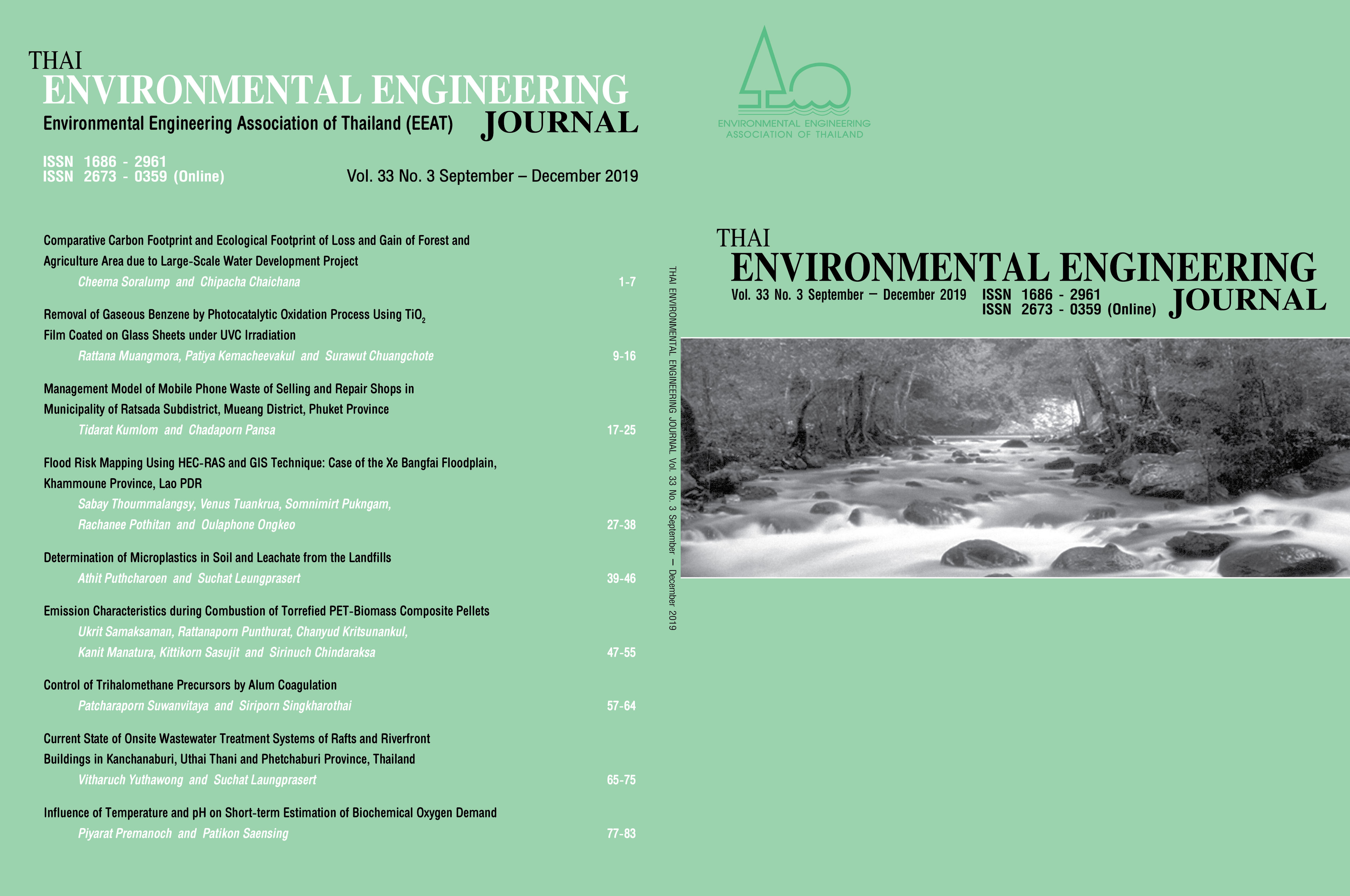Management Model of Mobile Phone Waste of Operators Repair Shops and Mobile Phone Dealers in the Municipality of Ratsada Subdistrict, Mueang District, Phuket Province
Main Article Content
Abstract
The objectives of this study were to 1) study the management model of mobile phone waste of operators, repair shops and mobile phone dealers and 2) study the problems / suggestions of operators, repair shops and mobile phone dealers. This study is a survey research using a questionnaire to study the mobile phone management model of mobile phone repair shop and service provider. Data from June - August 2017 were analyzed for frequencies and percentages. There are 26 establishments in the municipality of Ratsada Muang Phuket. Most entrepreneurs are male. In terms of age, 57.70% is in 26-30 years old range and 31-35 years old constitutes 23.08%. Their educations are mostly of Diploma / equivalent level 53.85% and 76.92% has been in business for 1-5 years. The study of mobile phone management model indicates that the major part of mobile phone is the circuit board and the mask accounted for 18.52%. In the management of the remains. 92.30% ownership of establishments are responsible and 40.94% know how to properly handle by reusing. The study of problems and suggestions of mobile phone management model emphasized the need to receive information; 92.30% of the respondents want to receive news from television, 30.77% have problems handling mobile phones, 61.54% have problems because they have no place to store and no knowledge of management, 25.8% want to solve the problem by training. 29.83% are collectors or managers of mobile phones. About 80.77% of entrepreneurs support the municipality. In the case of a mobile phone screening project, 57.70% of the respondents are willing to pay for the service. The entrepreneur wanted to have a business responsibility for the disposal and storage of mobile phones in the future.
Article Details
References
[2] Department of Pollution Control. (2017). Manual for managing hazardous waste from the community for local administrative organizations. Bangkok: Active Print Co., Ltd.
[3] Ratsada Subdistrict Municipality. (2016). Basic information of the area. Retrieved March 10, 2017, from https://www.rasada.go.th/index.php?options=information&catid=1
[4] Phuket Business Development Office. (2016). Business registration. Retrieved March 10, 2017,from https://www.dbd.go.th/phuket/main.php?filename=index
[5] Tharathip Waewsri. (2014).Factor Affecting Consumer Buying Desision of Smart Phones in Bankok. Rajamangala University of Technology Thanyaburi.
[6] Rachanee Chanthongmae. (2007). Hazardous waste management of electrical equipment repair shops in Phuket Municipality Phuket: Phuket Rajabhat University.
[7] Mali Hunsom. (2007). Reciprocity of precious metals from waste, mobile batteries with acid-washing process: Faculty of Science Chulalongkorn University.
[8] Prayuth Suwansri. (2013). Awareness and Behavior on Mobile Phone Hazardous Waste Management : A Case Study among Youth inBangkok Metropolitan: Rajamangala University of Technology Phra Nakhon.
[9] Mok Tantipalakul. (2016). Situation in electronic waste management of government and people in Bangkok: Siriraj Piyamaharajakarun Hospital.
[10] Department of Pollution Control. (2010). Manual for managing waste electrical and electronic products. Bangkok: Thai Effects Studio Co., Ltd.
[11] Thitikan Ongardvanich. (2012).Product Responsibility Concerning the Management of Waste Electrical and Electronic Equipment in Thailand. Thammasat University.


